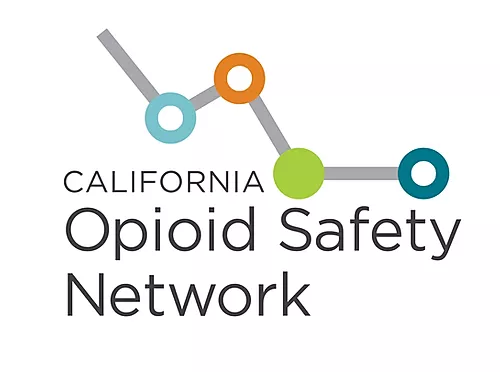A statewide network of 16 local coalitions in 23 counties focused on safe opioid prescribing, expanding use of medications for opioid use disorder, and wider access to naloxone
In response to the opioid crisis, the California Health Care Foundation (CHCF) launched the California Opioid Safety Network (COSN): 16 community coalitions with the objective of supporting three main strategies:
- educating providers on the safe prescribing of opioids
- expanding use of buprenorphine as a medication for opioid use disorder (MOUD)
- increasing the availability of naloxone for reversing opioid overdoses
CHCF provided technical assistance to form coalitions and support implementation of the strategies.
At its website, COSN provides informational resources and tools on:
- safe prescribing
- alternative treatment for pain
- MOUD
- naloxone distribution
- harm reduction
- building sustainable coalitions
- measuring and communicating outcomes
- planning for sustainable partnerships
Participating coalition counties have built unprecedented partnerships and engagement across sectors.









